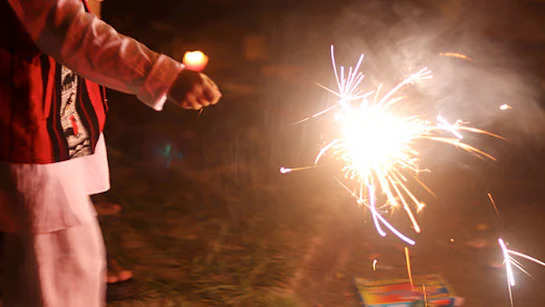After Diwali, dangerous poison gets mixed in the air due to firecrackers, know the easy way to avoid it.
Health News Desk,People living in Delhi, Noida, Gurugram and other areas of the National Capital Region had to wake up to a blanket of poisonous smoke the morning after Diwali. People burst firecrackers on Thursday night. Firecrackers contain many poisonous gases and chemicals which become active when they come in contact with open air. These are so dangerous that they start causing great harm to our body and organs. For example, if there is no heavy rain or strong winds in an area, then nitrous oxide remains in the air for a long time. Due to this, people may suffer from difficulty in breathing and lung infection. The air quality has deteriorated significantly in many places of Haryana on Thursday night i.e. the night of Diwali. According to the Central Pollution Control Board (CPCB), at 6 am on November 1, the air quality in Delhi's Anand Vihar was in the very poor category with an AQI of 395.
carbon monoxide
Colorless, odorless gas that can be fatal in high concentrations. Is the carbon monoxide detector working or not? This is the only way to know.
ozone
A highly poisonous gas that damages respiratory cells, causing swelling, cough and pharyngitis. It is produced by photochemical reactions in the atmosphere. Especially in spring and summer.
hydrogen sulphide
A colorless, combustible gas with a characteristic “rotten egg” odor. It is found in sewage, volcanoes, natural gas wells and manure pits. It may also be produced by industrial processes such as mining, oil and gas refining, and pulp and paper production.
strychnine
A poison that can be inhaled as a powder or smoked as a street drug. This prevents the chemicals that control nerve signals to the muscles from working properly, causing painful cramps.


Comments are closed.